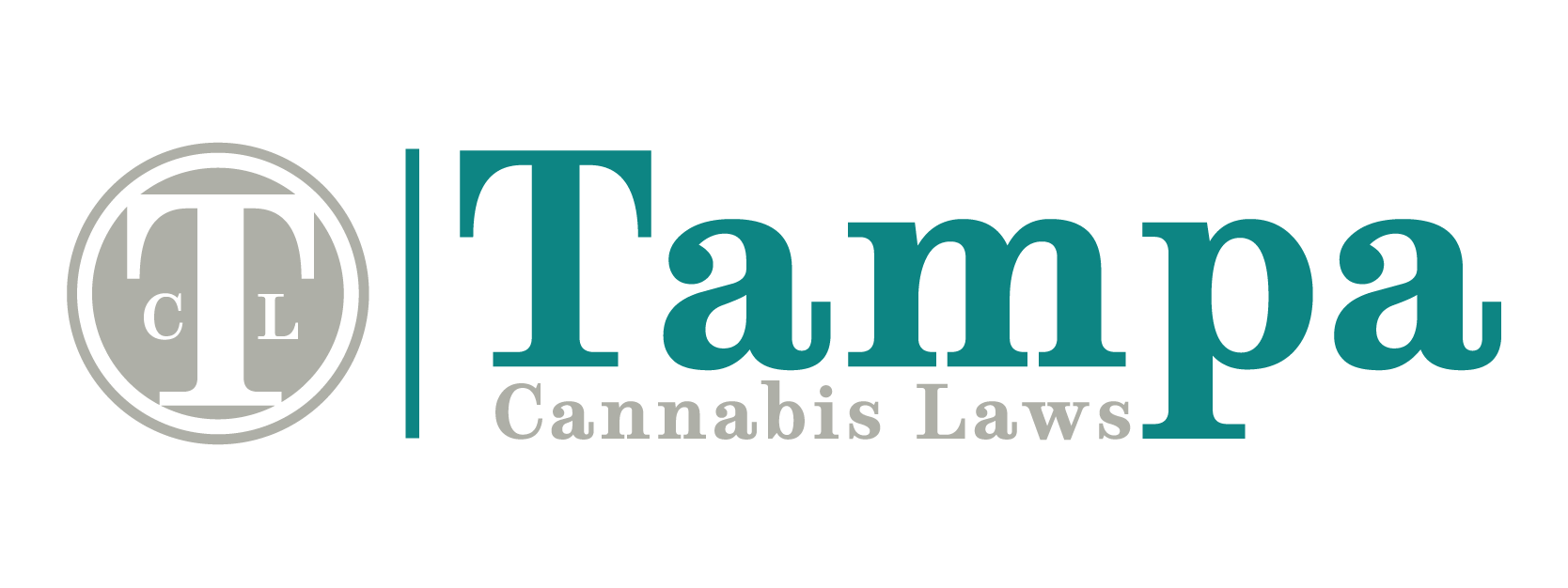Since the legalization of recreational cannabis in 2018, Canada has been at the forefront of the global cannabis industry. As the market matures, 2025 is poised to introduce several significant developments aimed at refining regulations, enhancing industry efficiency, and promoting sustainable growth.
Regulatory Reforms
In March 2024, an independent expert panel released the Final Report of the Legislative Review of the Cannabis Act, presenting 54 recommendations to federal policymakers. Key suggestions include:
- Product Diversity and Safety: Addressing the trend toward high-potency THC products and their associated health risks.
- Industry Accessibility: Reducing barriers for micro-cultivators and promoting inclusivity within the sector.
- Illicit Market Suppression: Enhancing enforcement to diminish the influence of unauthorized cannabis sources.
These recommendations are expected to influence policy amendments throughout 2025, fostering a more balanced and secure cannabis framework.
Excise Tax Overhaul
The federal government announced plans to reform the cannabis excise tax system in its 2024 Fall Economic Statement. A significant proposal is transitioning from province-specific excise duty stamps to a unified national stamp. This change aims to reduce administrative burdens for producers, streamline operations, and address issues such as the thriving illicit market and backlog in tax payments. While the harmonized stamp is a positive development, discussions regarding the overall excise tax rate continue, as producers advocate for adjustments to ensure industry viability.
Health Canada Initiatives
Health Canada is set to implement several regulatory amendments by Spring 2025, including:
- Increased Authorized Quantity of Cannabis Products (AQAPs): Allowing for greater production capacities.
- Delegation of Quality Assurance Personnel (QAP) Activities: Permitting QAPs to delegate certain responsibilities to enhance operational efficiency.
- Packaging Flexibility: Introducing QR codes and peel-back labels on cannabis packaging to provide consumers with more information.
- Simplified Record-Keeping: Removing the requirement to document the quantity, method, or rationale for the application of substances to cannabis.
- Elimination of Annual Promotional Spending Reports: Reducing administrative tasks for licensed producers.
These changes aim to alleviate regulatory pressures on the industry while maintaining public health and safety standards.
Provincial Developments
Provinces are also initiating reforms to align with federal changes. For instance, Manitoba is gathering public input on amending regulations to permit legal home cultivation of cannabis, potentially as early as April 2025. This move reflects a broader trend toward accommodating personal cultivation within the legal framework.
Industry Outlook
The Canadian cannabis market is projected to continue its growth trajectory, with an estimated revenue of US$5.97 billion by 2025. This expansion is driven by innovation, an expanding consumer base, and international opportunities. Consumers can anticipate benefits such as competitive pricing, same-day delivery services, and a diverse array of products, including wellness-focused edibles and eco-friendly options.
Conclusion
As Canada enters 2025, the cannabis industry stands on the cusp of transformative changes. Regulatory reforms, tax system overhauls, and provincial initiatives are set to shape a more efficient, inclusive, and consumer-friendly market. Stakeholders across the spectrum—from policymakers to producers and consumers—will play pivotal roles in navigating this evolving landscape, ensuring that Canada’s cannabis sector remains robust and progressive.
Sources:
- Where Is Canadian Cannabis Headed Next? Views From The Legislative Review Of The Cannabis Act: Final Report Of The Expert Panel
- Canada Announces Plans to Reform Cannabis Excise Tax in 2025
- Cannabis Council of Canada Publishes End Of Year Update & Their Look Forward To 2025
- Province gathering public input on changes to allow legal homegrown cannabis
- What’s Next for Canada’s Cannabis Industry in 2025?



